Cable Delivery Begins for Massive German Transmission System Project
After more than two years of meticulous planning and preparation, on behalf of its client Prysmian, deugro has started the first cable drum deliveries for SuedOstLink.
SuedOstLink is operated by the transmission system operator TenneT TSO GmbH. It is considered a central component of the energy transition and is primarily intended to bring electricity from renewable energy sites in northern and eastern Germany to Bavaria in southern Germany, and from Bavaria to the north. Over the next three-and-a-half years, deugro will deliver altogether more than 800 over 10-meter-long cable drums (Figures 1 and 2), with weights of up to 86 metric tons and a diameter of 4.1 meters, from two storage yards in Kelheim and Regensburg, also operated by deugro and its partners, to 120 different job sites across Bavaria.
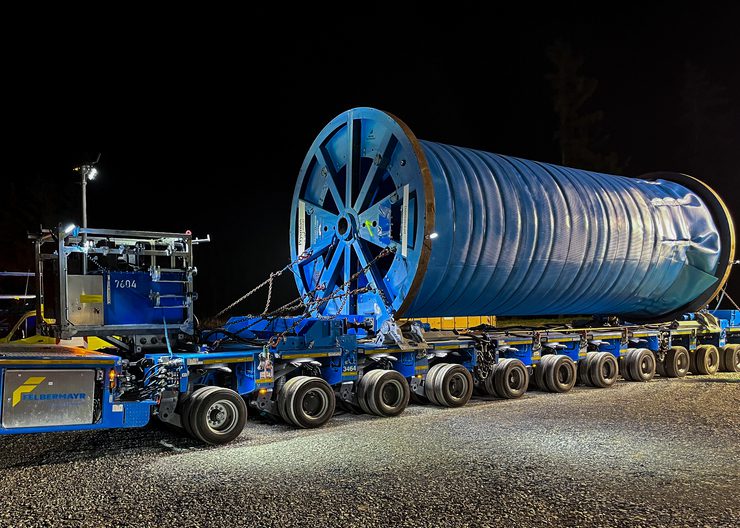
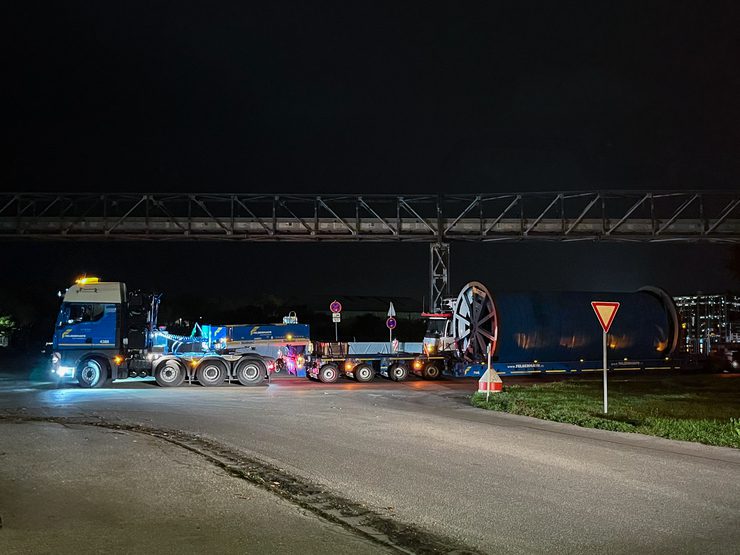
The project’s complexity and a variety of challenges, including the technical specifications, required meticulous planning, preparation, and close collaboration with all stakeholders to ensure trouble-free deliveries according to the project’s schedule and budget.
“Due to the involvement of many different parties already in the planning and preparation phases, it was essential to coordinate and understand the other stakeholders’ needs. A lot of the stakeholders have naturally never been involved in special transports before, which required a lot of awareness training in numerous personal workshops and regular online meetings in changing groups,” said Simon Junker, head of Cable Projects–Renewable Energy at deugro Germany.
The biggest challenges are the cylindrical shape and the weight of the cable drums (Figures 3 and 4), as well as Bavaria’s hilly landscape, varying topography, and infrastructure. Therefore, to ensure the safe transportation of the cable drums, a customized solution enabling the safe load securing and efficient unspooling operations simultaneously after arrival was developed. A unique fact of the deliveries is that the cable drum will not be discharged but stay on the transport configuration during the unspooling of the cable.
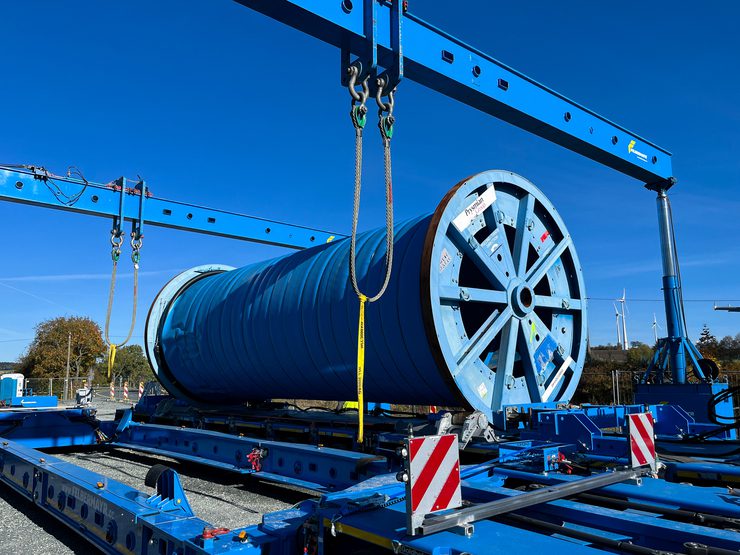

“Each cable drum is positioned on four rollers on which it can rotate evenly during unspooling [Figures 5 and 6]. This purpose-built unspooling device is flexible and can be used for different transport configurations for this project. Because the steel of the cable drums is directly loaded onto the steel of the unspooling device, less friction can be considered for the calculation of the required load securing. This big challenge has been solved by developing an appropriate load securing consisting of chains and a tailor-made, adjustable form fit designed in collaboration with our partners,” said Junker.


Due to Bavaria’s hilly landscape, and the strongly varying topography and infrastructure, for the majority of the route, extensive traffic management measures—including civil works along the route to extend and strengthen streets and turns, to pass rotaries and deal with height obstacles like lifting electricity lines, to turn or dismantle traffic lights and bypass bridges—must be arranged.
Another specialty of the project is that the drums need to be transloaded on their way to the job sites onto self-propelled PSTs or low-bed trailers, which are shorter but, with a transport height of approximately 5.40 meters, much higher than vessel girder bridges. These are longer but lower and therefore suitable for highway transport to transit below overpasses.
The reason for the transloading is the length of the complete transport configuration of about 40 meters, which hinders the configuration from passing through the narrow streets of small Bavarian villages. As a transloading movement is needed for approximately 50% of the cable drums on their way to the individual construction sites (Figures 7 and 8), including their return delivery—still weighing approximately 10 metric tons—to the two storage yards, it is estimated that the entire project will involve more than 2,400 individual heavy haul transports each requiring special permits and escorts.
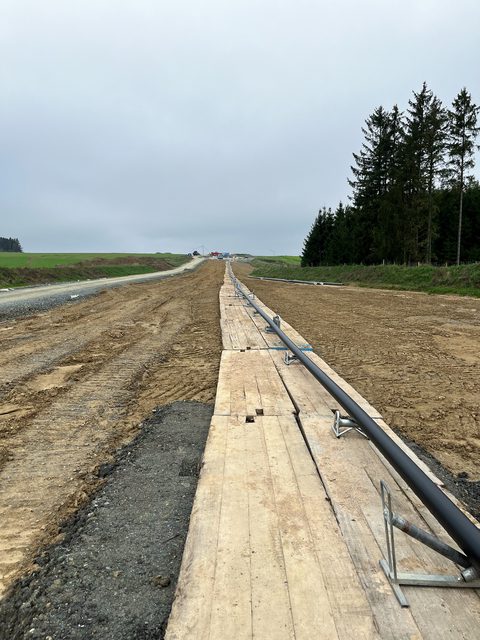
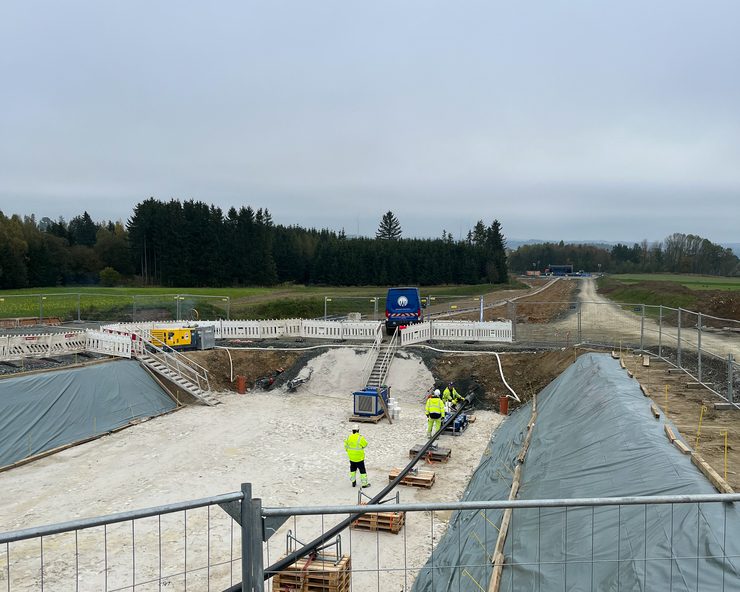
“The sheer size of the project with the utilization of so much special equipment in parallel makes SuedOstLink unique for deugro and a real challenge for the hundreds of experts involved. We are therefore very happy that the deliveries of this complex project have now started, and we are looking forward to the successful cooperation with the different teams in the upcoming years to expedite the energy transition in Germany,” said Junker.
—POWER edited this content, which was contributed by the Corporate Communication and Marketing division of deugro group.